Looking into cryotherapy benefits and you're wondering what some of the risks are? Cryotherapy has helped countless patients with skin conditions, weight loss, and even cancer prevention.
The good news is that you're in luck. We're here to get you up to speed on this innovative process so that you can make an informed decision. We've rounded up all the details that you should know before you take the plunge and commit to cryotherapy.
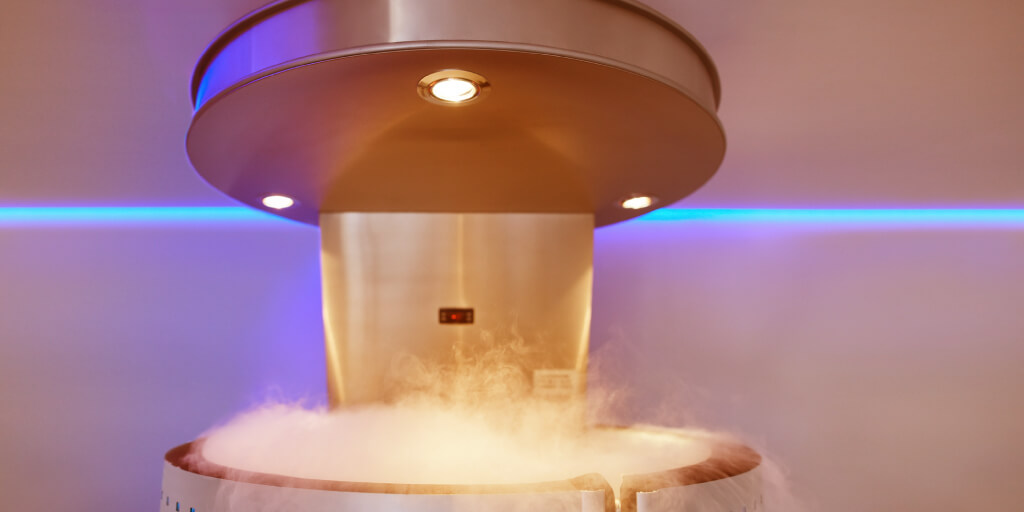
What is Cryotherapy?
So what exactly is cryotherapy? Cryotherapy is a specialized therapeutic process that is used to boosting healing in human cells.
The use of cold compresses for pain therapy and healing purposes is not new. In fact, it dates as far back as the ancient Egyptians. Doctors began to use cryotherapy to treat cancers as early as the 1800s.
Today, dermatologists frequently use cryotherapy to remove warts and cancerous growths. Cryotherapy is also used by athletes to treat injuries and recover from intense training.
Think about when you sprained a muscle. Did you ice it? Cryotherapy functions in the same way. The cold temperatures temporarily slow blood circulation. When the cold source is removed, the circulation restarts. This slowing and restarting process is what gives cryotherapy its unique abilities.
Cryotherapy is defined as cooling the body for therapeutic purposes. There are various types of cryotherapy. Cryotherapy can be targeted at specific parts of the body, such as cryotherapy facials.
Temperatures during cryotherapy sessions dip extremely low. The subzero temperatures usually dip between -100 and -140 degrees. Cryotherapy cools targeted portions of the body with liquid nitrogen. To protect extremities, patients are typically allowed to wear gloves and socks. You may also be offered a headband and protective mask to protect your ears, nose, and mouth.
Cryotherapy can also be used for the whole body. Whole-body cryotherapy involves exposing the entire body to temperatures as low as -100 degrees Celsius in a specialized chamber.
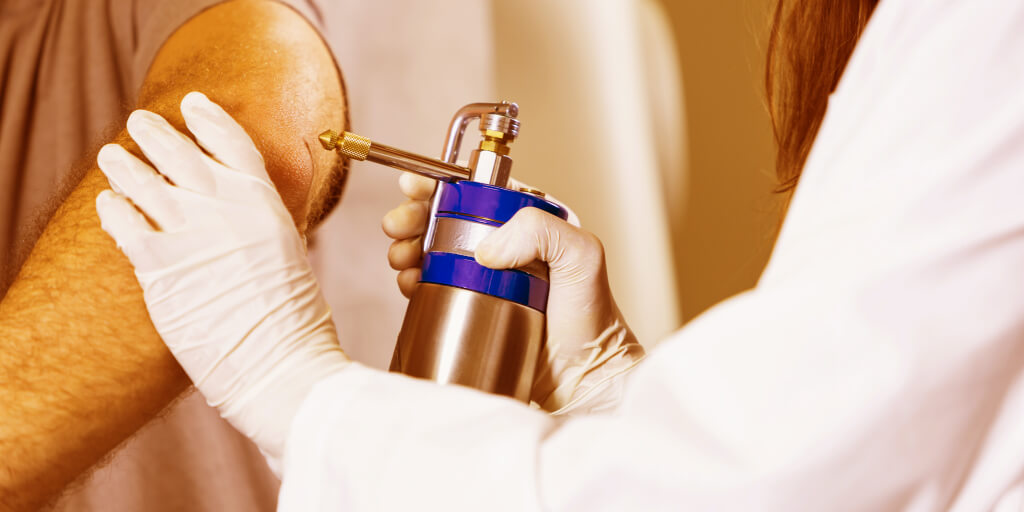
What are the Benefits of Cryotherapy?
Cryotherapy is not for the faint of heart. However, for those who are brave and focused enough, cryotherapy can have many benefits. The restart in the circulation process can help increase blood circulation which leads to pain relief and healing.
Cryotherapy is commonly used for pain relief. It also helps boost and increase the rate at which muscles recover. Instead of ice baths, athletes often opt for cryotherapy. Cryotherapy boosts muscle recovery and allows athletes to recover quickly. This quick recovery boosts their ability to fit in more intense workouts in a shorter amount of time.
Cryotherapy is also used to relieve pain associated with some joint and muscle disorders. This means that people who suffer from arthritis may benefit from cryotherapy. For those who struggle with chronic joint pain, cryotherapy can be a life-changing solution.
Cryotherapy can also aid in your weight loss journey. Studies show that cryotherapy alone will not induce significant weight loss. However, subjecting the body to extreme cold can work wonders for the metabolism.
When your body is exposed to cold temperatures, it has to work harder to stay warm. In response, your metabolism kicks into high gear. As your metabolism grinds away, your body temperature rises to maintain a normal level. This metabolism boost can continue throughout the rest of your day. A roaring metabolism is a sure fire way to boost your weight loss.
Another benefit of cryotherapy is its ability to reduce inflammation. The cold constricts blood vessels, which decreases inflammation.
This is a key benefit for those who suffer from chronic inflammation caused by infection and autoimmune diseases. Persistent and continued chronic inflammation has been linked to an increased risk of cancer, diabetes, depression, and arthritis.
Cryotherapy can also help reduce the risk of dementia. Cryotherapy's ability to reduce inflammation isn't just limited to the lower body. It can also help reduce inflammation and lower the oxidative stress caused by dementia. Although it can't necessarily reverse dementia, it can reduce the symptoms of dementia.
Cryotherapy can help prevent and treat some cancers. Reducing inflammation can help lower the risk of developing cancer. Targeted cryotherapy can also be used to freeze off cancerous growths on the skin and cervix. Cryotherapy is also a well-established and simple method of removing warts. This is typically completed in a quick and easy outpatient session with a dermatologist.
Cryotherapy ability to reduce inflammation also lends it an ability to reduce anxiety and depression. These mental health conditions are traditionally linked to inflammation. Studies show that cryotherapy can reduce the symptoms of depression and anxiety by a minimum of 50 percent.
Eczema is a chronic inflammation of the skin. People afflicted with this condition often suffer from intensely itchy and dry patches of skin. Cryotherapy can help reduce the inflammation that causes these breakouts.
Finally, cryotherapy can help treat migraines. Migraines can be triggered by depression and anxiety as well as shoulder and neck tension. Users who underwent targeted cryotherapy reported reduced pain from migraines. Isolating cryotherapy to the neck region can provide some relief for migraine headaches.
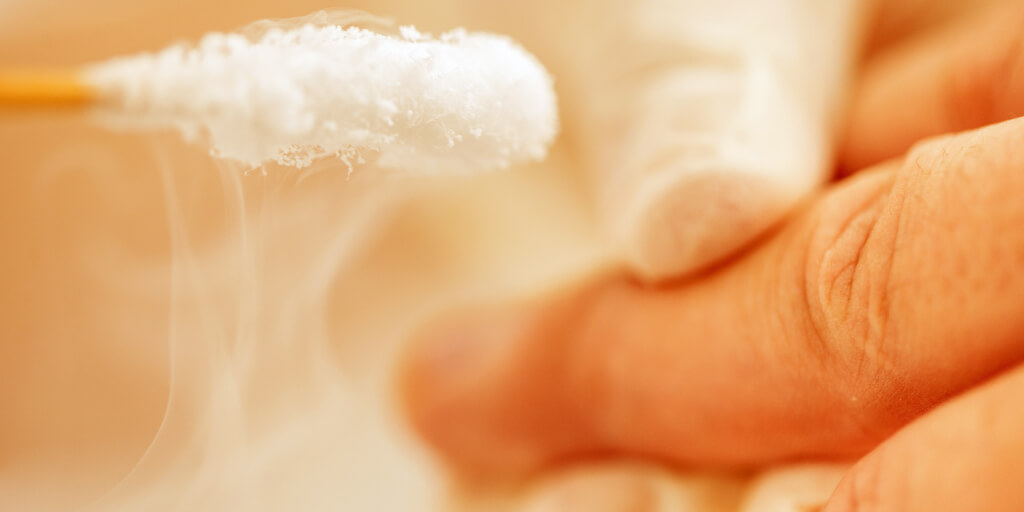
The Risks of Cryotherapy
Now that we understand what cryotherapy has to offer, we should understand what the trade-offs may be. Similar to other medical processes, there are some side effects and risks associated with cryotherapy.
After your cryotherapy session, you may notice localized numbness of the skin. Tingling, redness, and irritation are not uncommon side effects. But you don't need to worry. These side effects are typically temporary and will subside within 24 hours.
It is important to remember not to use cryotherapy for longer than the recommended amount of time. Continuous exposure of the skin to extreme cold can damage your skin. Typical exposure times are usually less than 20 minutes. An extended exposure can cause serious damage to your skin – including frostbite. Failing to adhere to the recommended time limit can result in permanent nerve and skin damage.
It is also important to note that cryotherapy is not recommended for those with nerve issues or nerve degeneration. To prevent serious nerve and skin damage, cryotherapy users must have full nerve sensation. Without it, you risk not being able to feel the onset of frost damage to the nerves during cryotherapy.
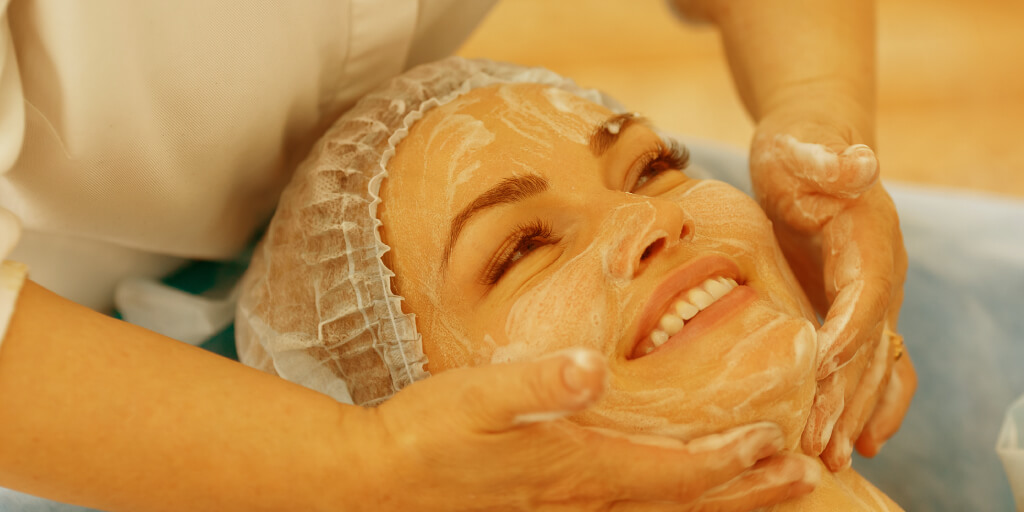
Is Cryotherapy Good for the Skin?
Although it may sound counterintuitive, cryotherapy can be good for the skin. The anti-inflammatory benefits from cryotherapy are actually great for the skin. Cryotherapy helps to balance out the skin. It can clear up dry patches and reduce the overproduction of oil.
Not only can cryotherapy help reduce eczema flareups, but it can also target sebaceous glands. This means that cryotherapy may be effective in treating acne. This frozen shock therapy may just do the trick to finally clear up that stubborn acne you've always dealt with.
In addition to reducing overall inflammation, cryotherapy can also boost your antioxidant levels. Everyone can use a boost to help balance out the free radicals in their bodies. Additionally, healthy levels of antioxidants are key to glowing, youthful skin and hair.
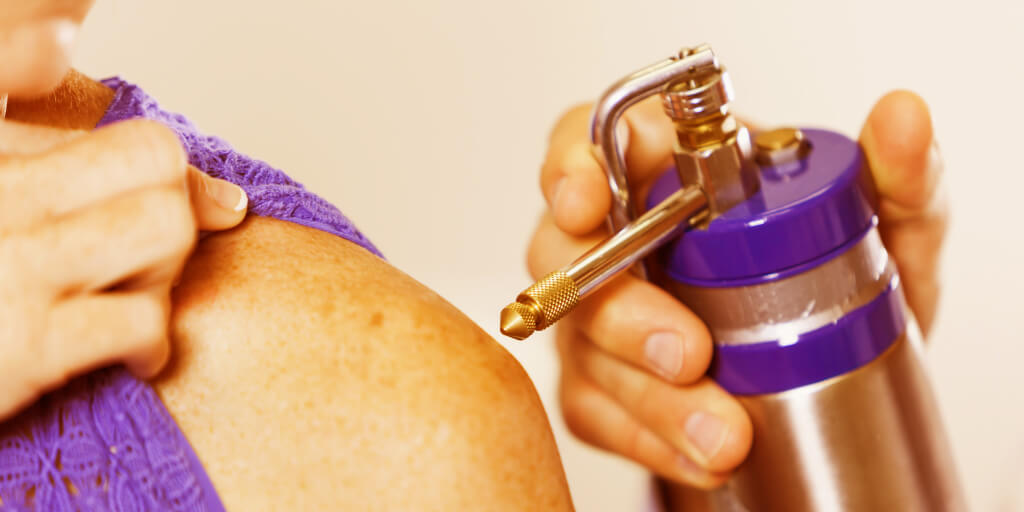
How Long it Takes to Heal from Cryotherapy
Healing from cryotherapy can vary from session to session. This healing time depends largely upon the intensity and the degree of focus of your session.
Typically, it should not take long at all to recover from a quick, two to three minute, whole-body session. After less intensive sessions, the body can be fully recovered within 24 hours. The regular cryotherapy sessions designed for athletes have little to no recovery time at all.
However, more focused cryotherapy sessions may require more recovery time. The site of your cryotherapy session may be tender to the touch for the first 24 hours. It is not uncommon for pain to last for up to three days. Typical recovery time for intense and focused cryotherapy is between 7 and 14 days.
It is important to listen to your body. If skin lesions and scabs are still healing, you should not undergo additional cryotherapy sessions until you are fully healed. Don't worry if it takes you additional time to heal. But if you are still not fully recovered after 3 to 4 weeks, you should consult your doctor for additional guidance.
Cryotherapy may sound like a technology from the future, but it is an effective technology for many modern uses. The idea of freezing cold temps may sound scary, but it can do wonders. Cryotherapy can not only jump start your metabolism, but it can also ward off diseases. Cryotherapy's unique ability to reduce inflammation is its true superpower. It is a fast and simple way to help reduce the symptoms of many diseases and afflictions. Migraines can be reduced, dementia can be slowed, and cancer can be prevented. If you're looking to boost your weight loss or achieve clearer skin, cryotherapy may be the solution that you've been waiting for.
Sources:
https://www.healthline.com/health/cryotherapy-benefits
https://www.medicalnewstoday.com/articles/319740.php
https://www.mindbodygreen.com/articles/cryotherapy-the-risks-benefits-and-facts

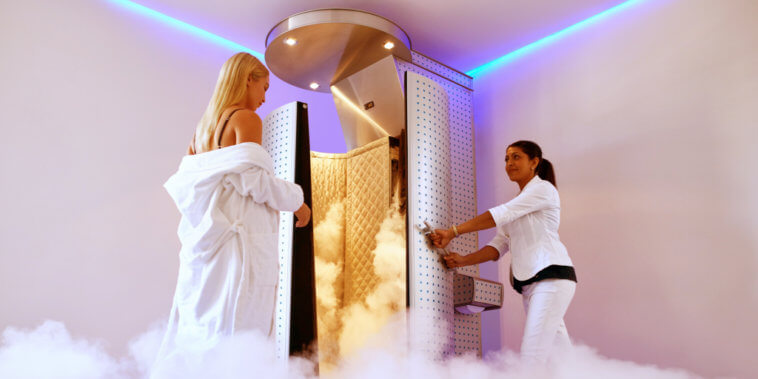


Comments
Loading…